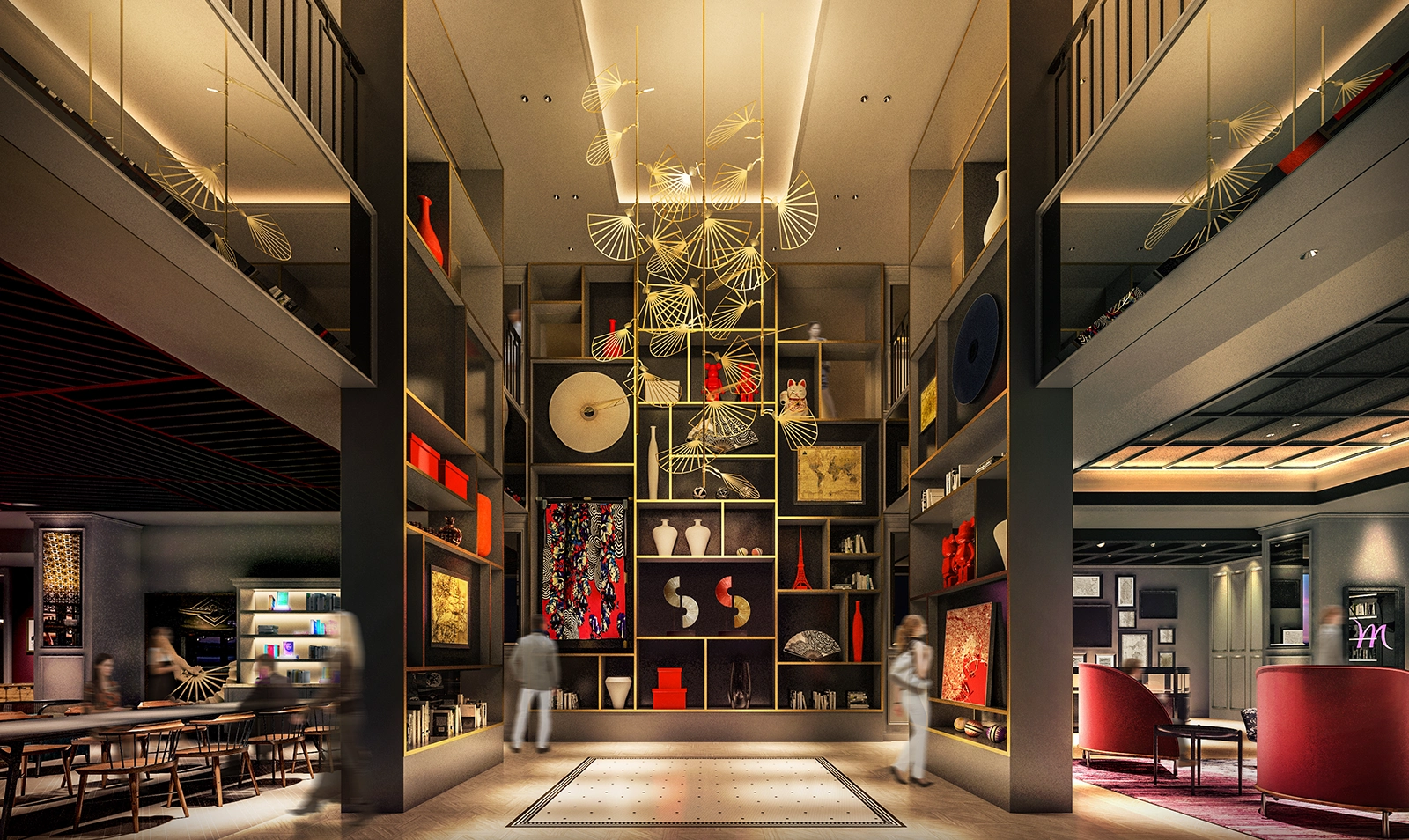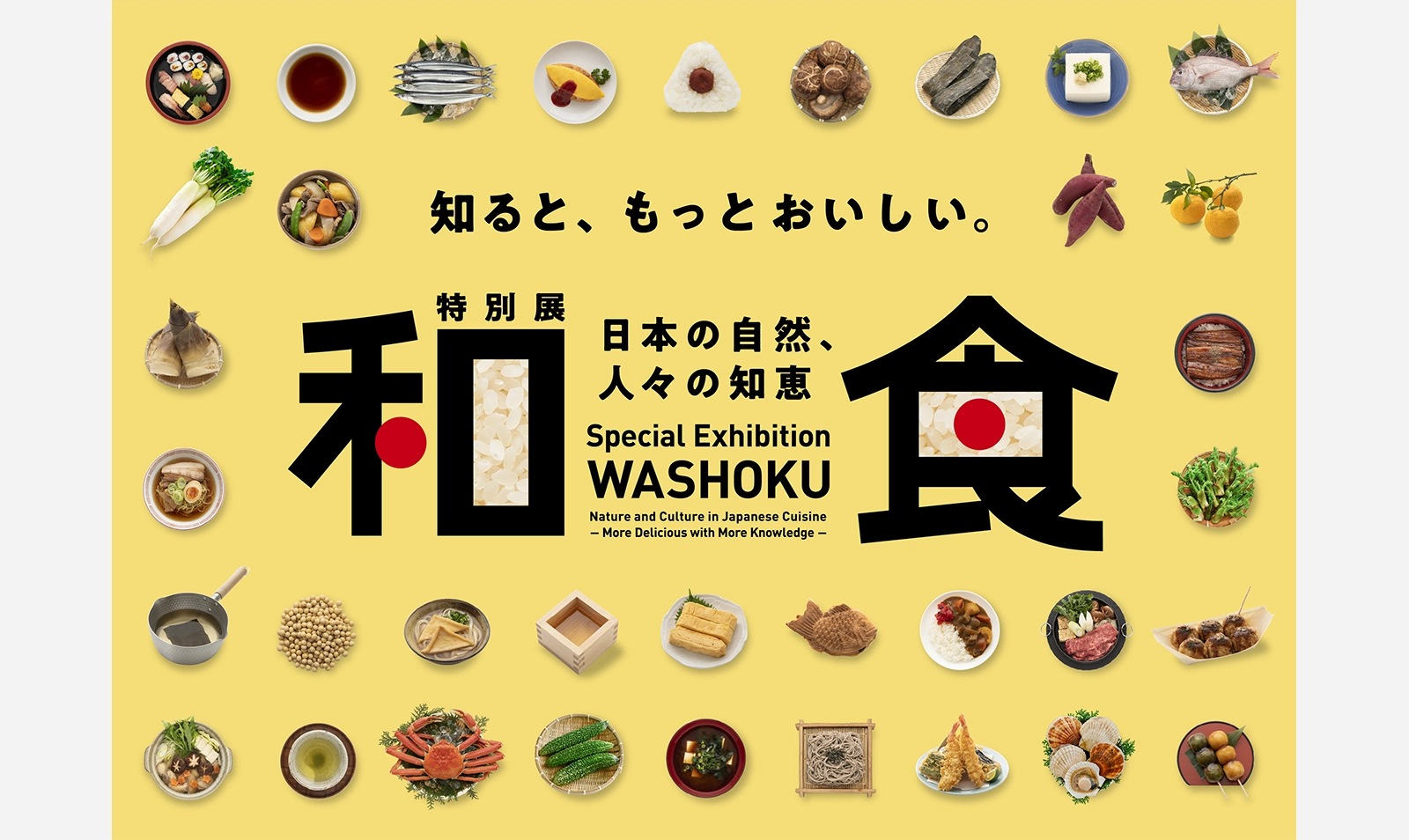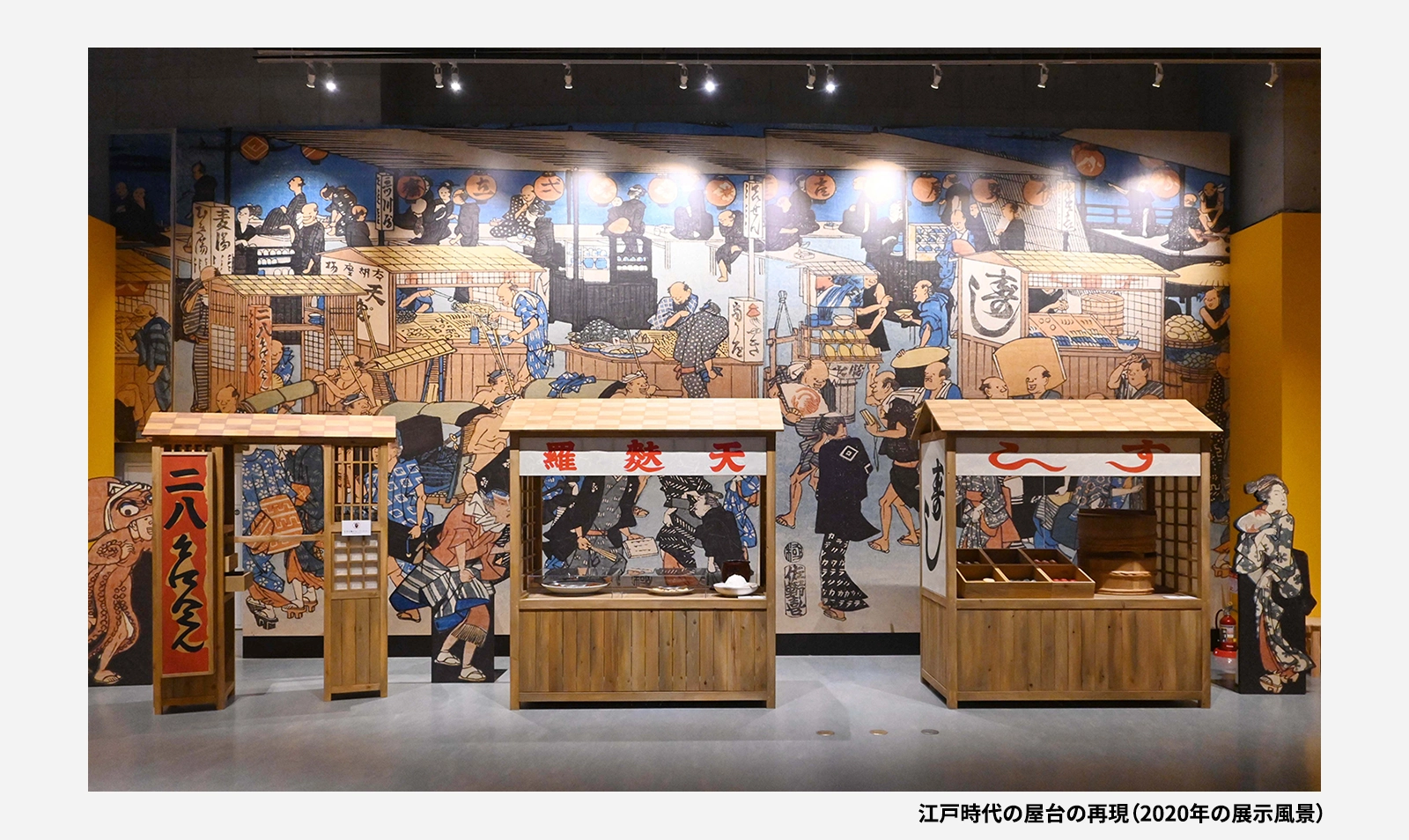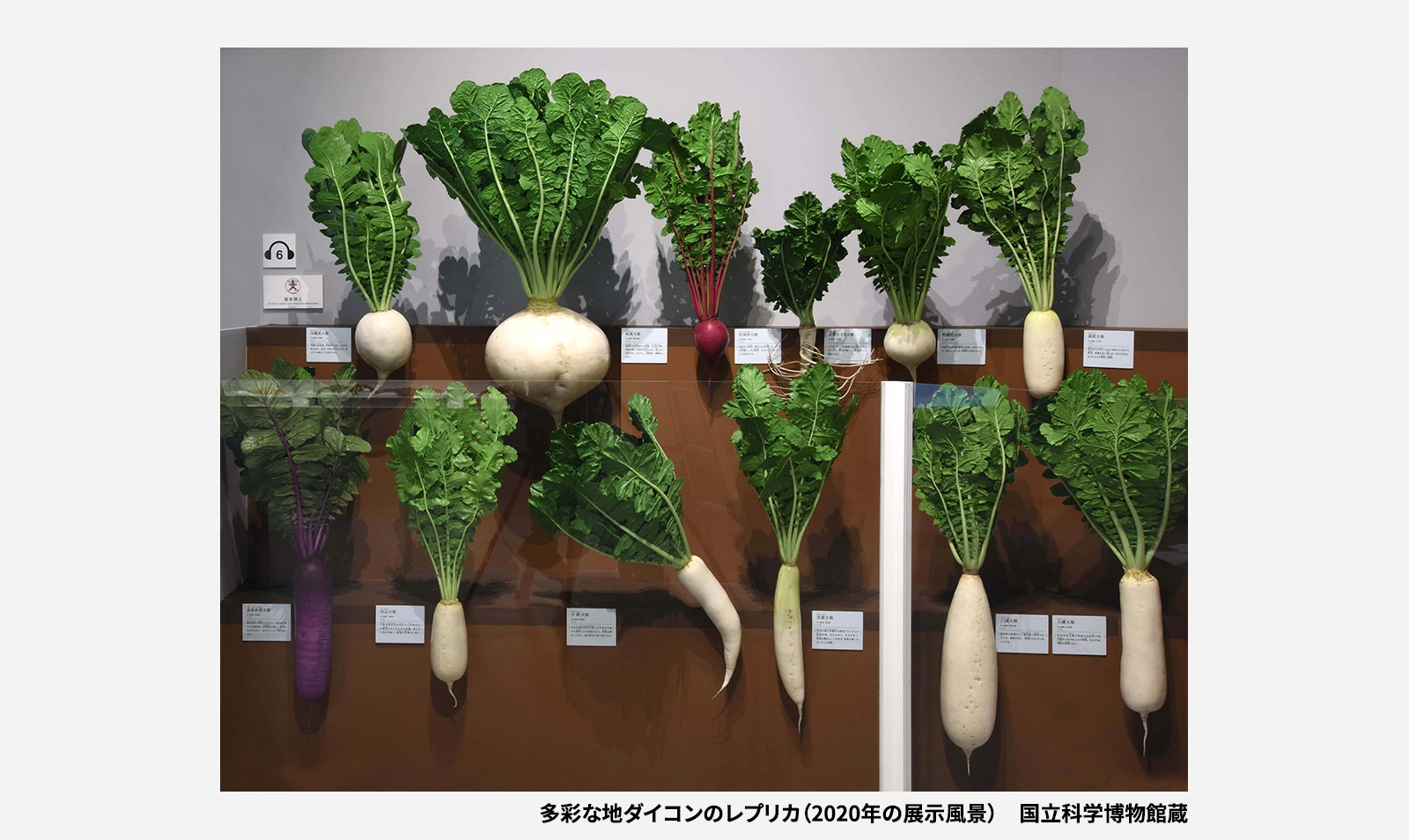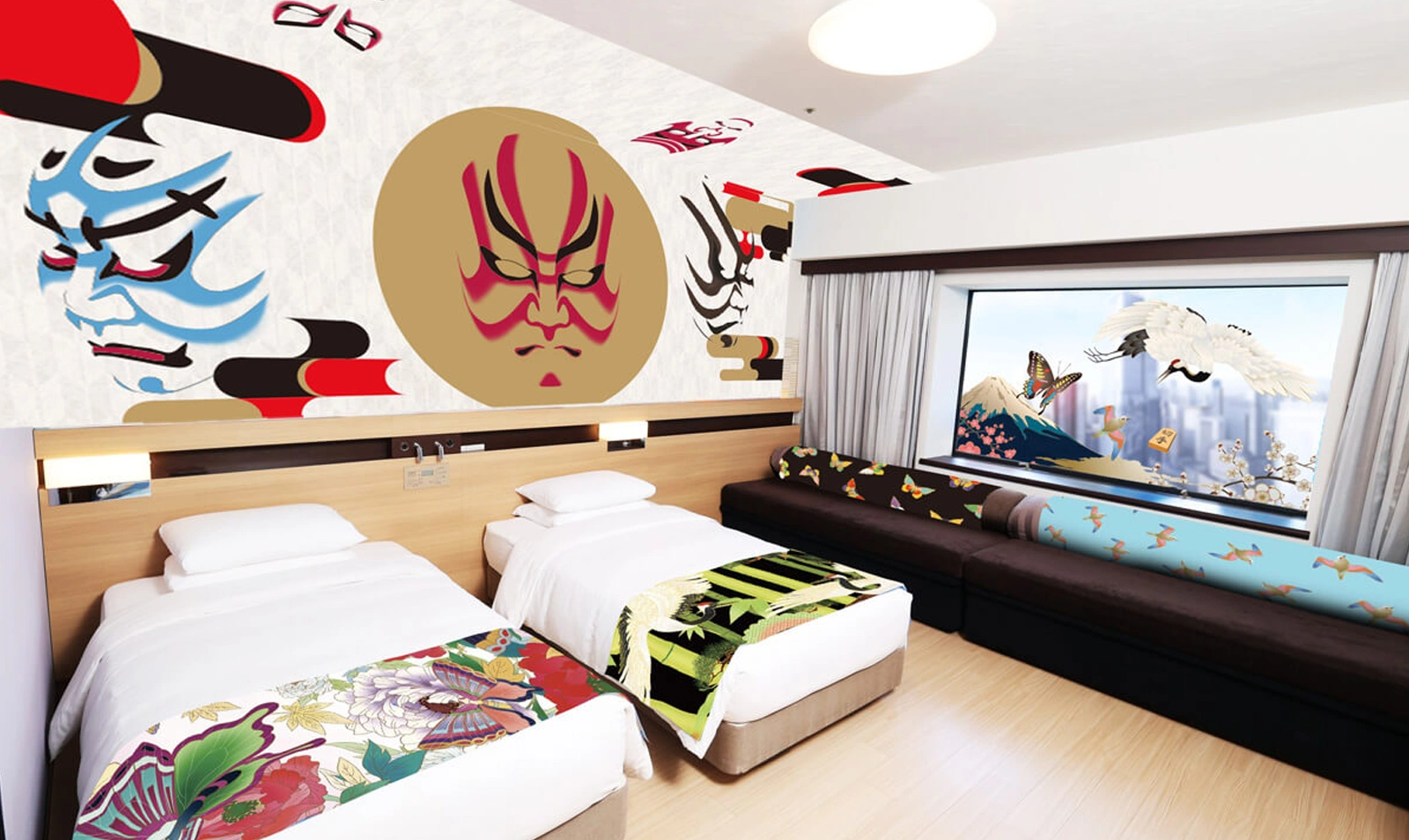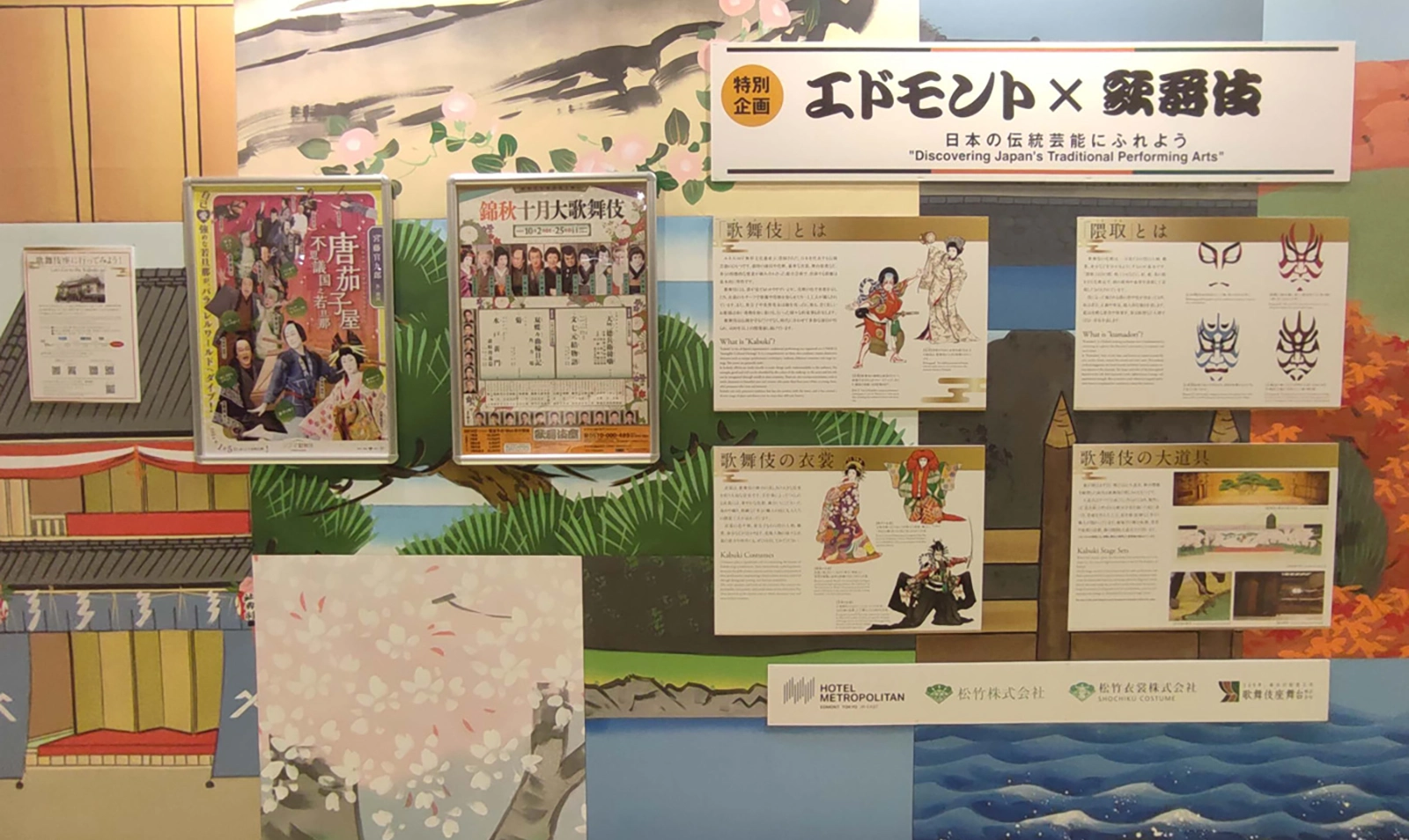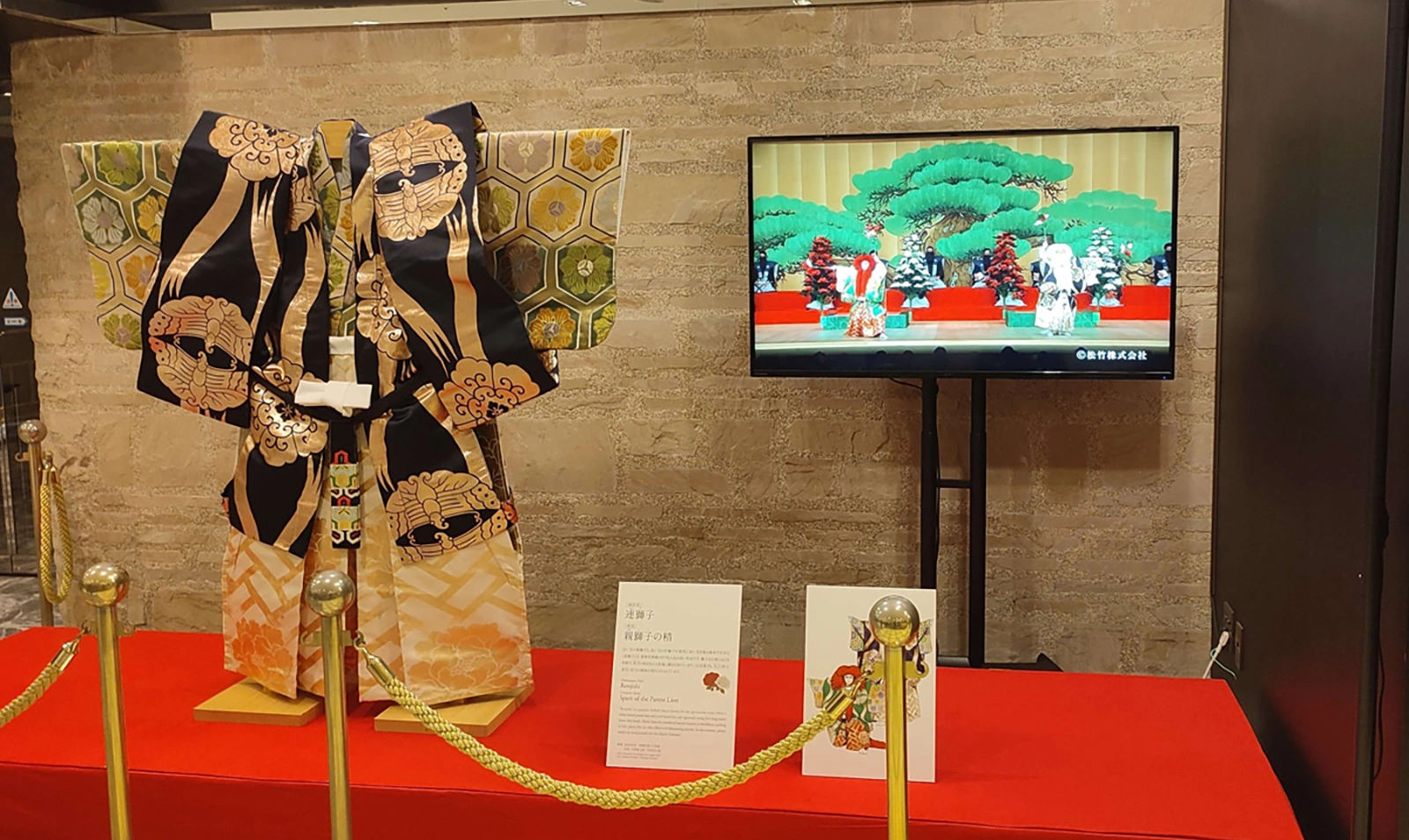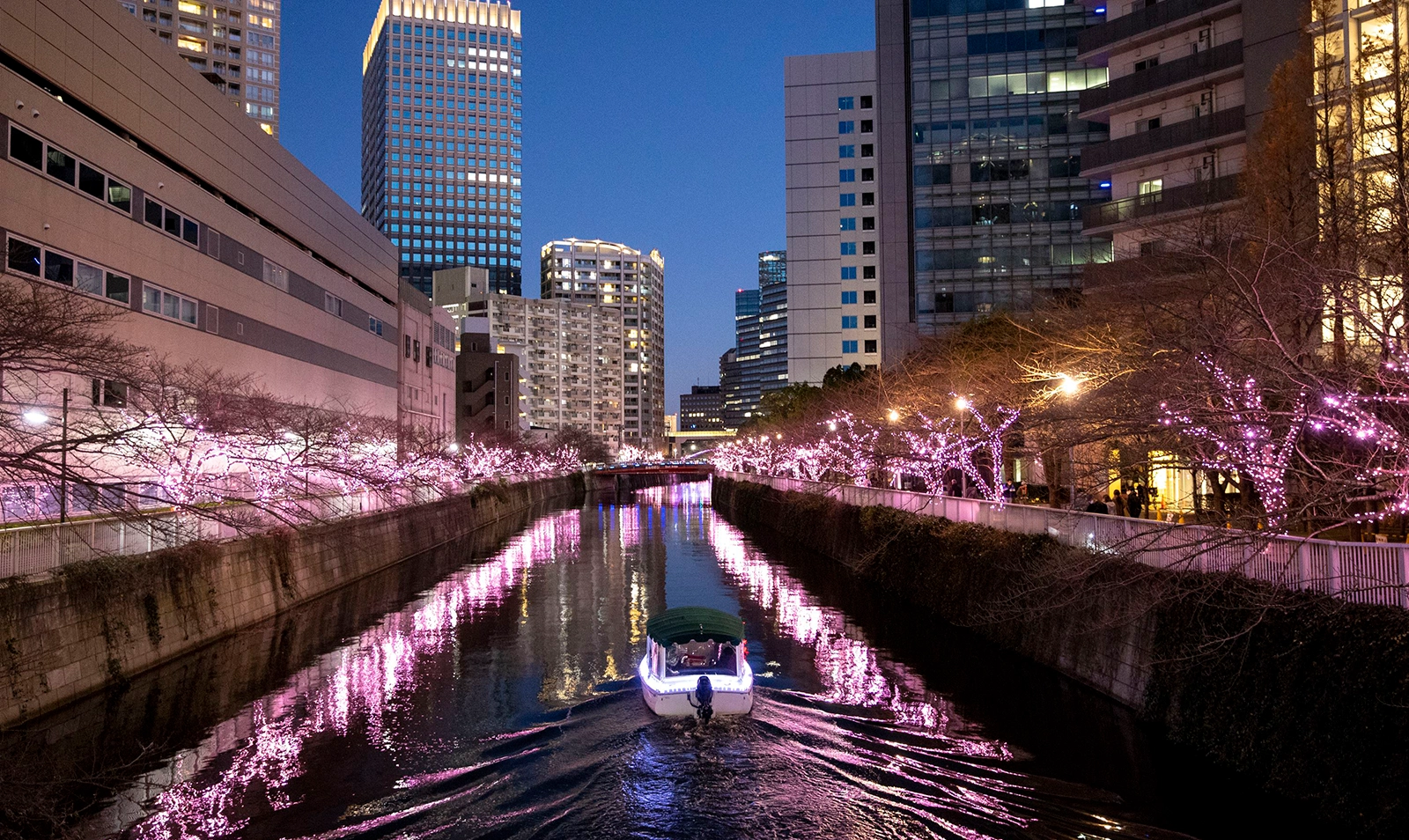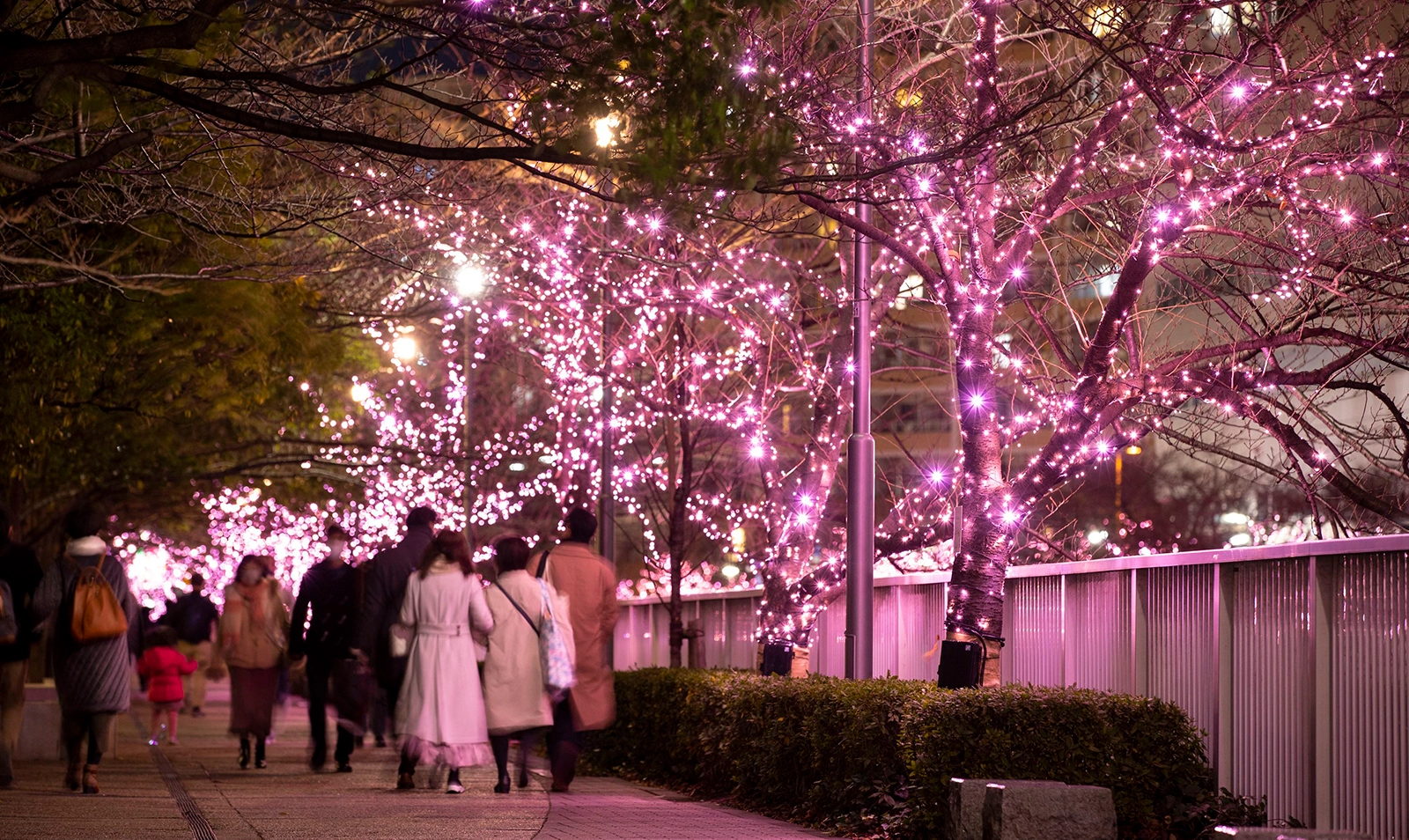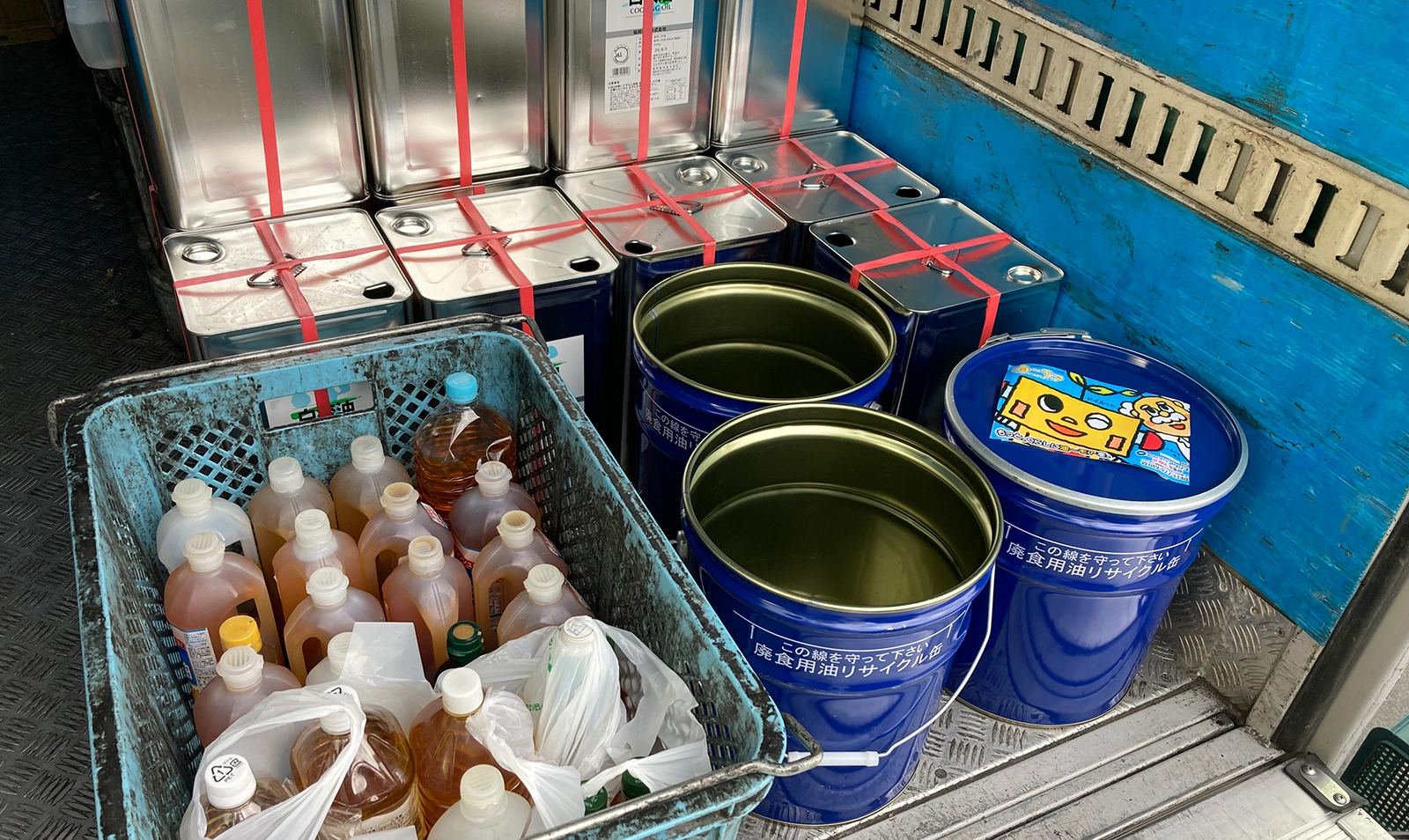Special Feature:
The Tokyo National Museum Guide
A wealth of history and beauty in Japan
Subscribe
Download
index
- NewsNew place to stay at Haneda: Mercure Tokyo Haneda Airport
- NewsUnlock the mystery of “washoku” at this multifaceted exhibition
- NewsStay in a Kabuki-themed hotel room
- SeasonMeguro River “Winter Cherry Blossoms” illuminate SDGs with clean energy
- FeatureThe Tokyo National Museum Guide: A wealth of history and beauty in Japan

New place to stay at Haneda: Mercure Tokyo Haneda Airport
November 26, 2023 Haneda Accommodation
Unlock the mystery of “washoku” at this multifaceted exhibition
October 28, 2023 - February 25, 2024 Ueno Exhibition
Stay in a Kabuki-themed hotel room
November 1, 2023 - September 30, 2024 Iidabashi Accommodation
Meguro River “Winter Cherry Blossoms” illuminate SDGs with clean energy
November 10, 2023 - January 8, 2024 Osaki, Gotanda EventThe Tokyo National Museum Guide: A wealth of history and beauty in Japan
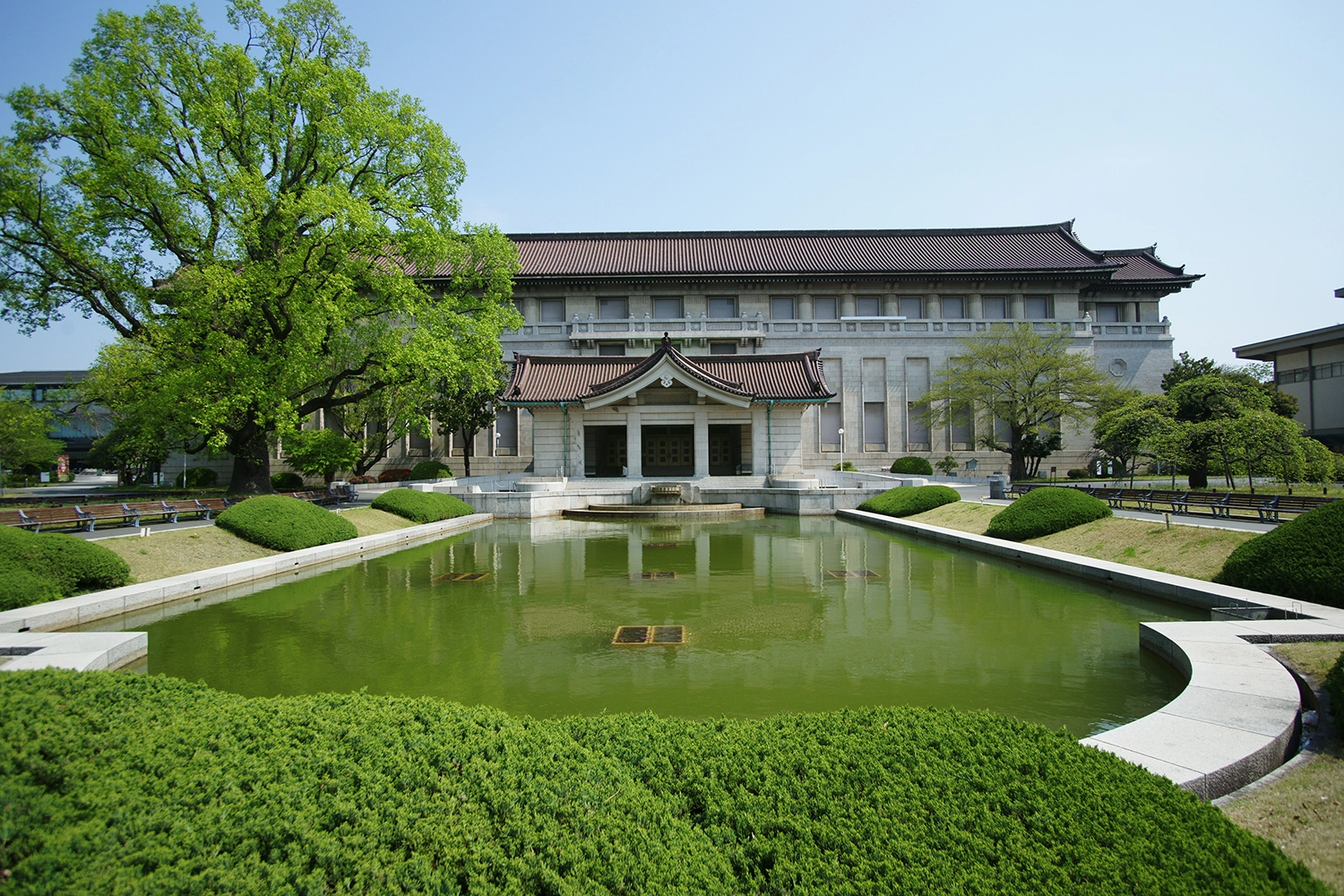 For many people, visiting a museum is a common way to learn more about certain regions. Tokyo is home to many museums, but the Tokyo National Museum is one of the pre-eminent institutions of the country. Whether newcomers to the nation, or longtime fans of Japan, everyone is sure to find something to enjoy here. For first-time visitors, the sheer size and number of exhibits may be overwhelming. For those in a rush, the scale is so great that half a day is never enough, and for others who wish to truly appreciate the exhibits, even a full day here seems insufficient. To make the most of limited time in Tokyo, here is a guide to the treasures displayed in each of the six exhibition halls of the Tokyo National Museum.
For many people, visiting a museum is a common way to learn more about certain regions. Tokyo is home to many museums, but the Tokyo National Museum is one of the pre-eminent institutions of the country. Whether newcomers to the nation, or longtime fans of Japan, everyone is sure to find something to enjoy here. For first-time visitors, the sheer size and number of exhibits may be overwhelming. For those in a rush, the scale is so great that half a day is never enough, and for others who wish to truly appreciate the exhibits, even a full day here seems insufficient. To make the most of limited time in Tokyo, here is a guide to the treasures displayed in each of the six exhibition halls of the Tokyo National Museum.
What kind of place is the Tokyo National Museum?
The Tokyo National Museum in Ueno Park is the longest standing museum in Japan, open since 1872, known affectionately as "Tohaku." Including art and archeological findings from Japan and East Asia, a wide variety of cultural artifacts have been gathered over the past 150 years for a current collection of about 120,000 items. Of these, 3,000 items, including 89 national treasures and 649 important cultural properties, are on display as part of the “Regular Exhibitions.” Exhibits are changed around 300 times a year, so even frequent repeat visitors will always discover something new.Labels and explanations in the “Tohaku” exhibition halls are displayed in four languages: Japanese, English, Chinese, and Korean, while the General Information pamphlet, featuring a map of the premises, is also published in French, German and Spanish. In addition, the voice guidance of the "Tohaku Navi" guide app introduces major works in four languages: Japanese, English, Chinese, and Korean. Listening to the guide app allows visitors from around the world to easily get the most out of the exhibitions.
Honkan: Masterpieces of Japanese Art

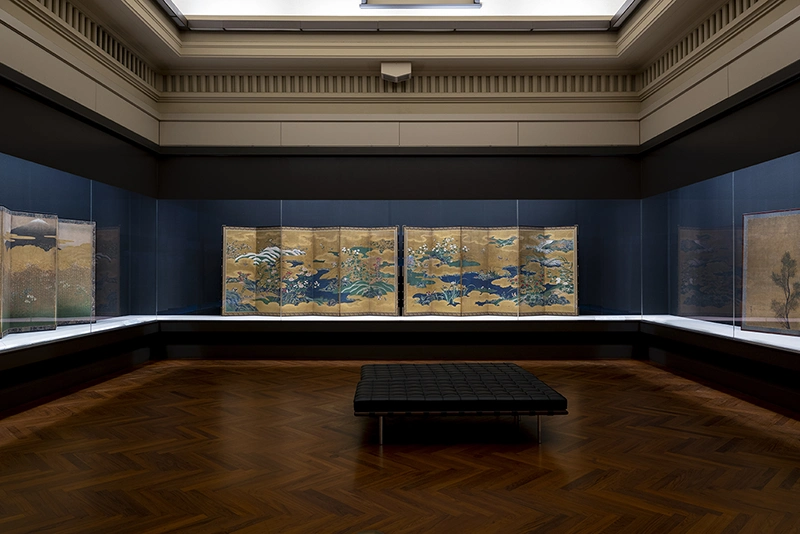
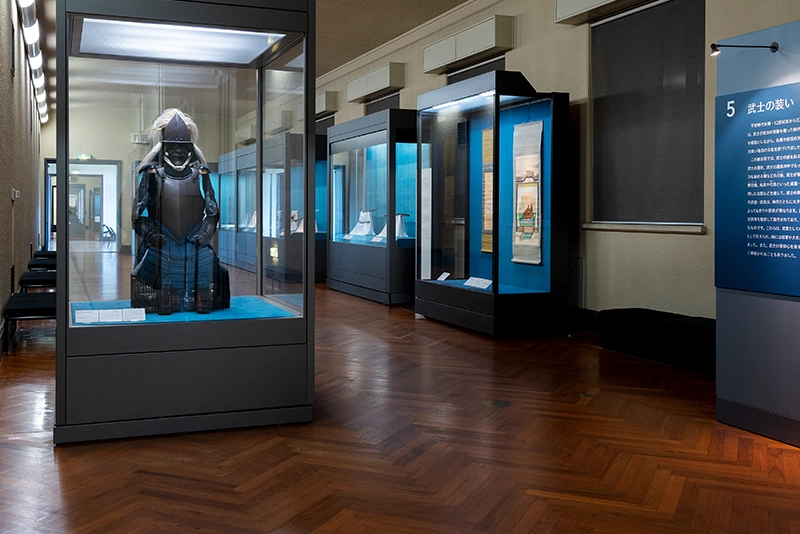
On the 1st floor of the Honkan, displays are divided by genre and theme, such as sculpture, ceramics, and swords. Those interested in Japanese traditional artisan crafts should take their time to thoroughly explore the works here. The Tohaku sword collection is particularly impressive with a chance to see a stunning array of famous blades including 19 national treasures in Japan’s largest collection. Great care has been taken in lighting and other display details to showcase the beauty of the ferrite and tempering patterns on the metal.
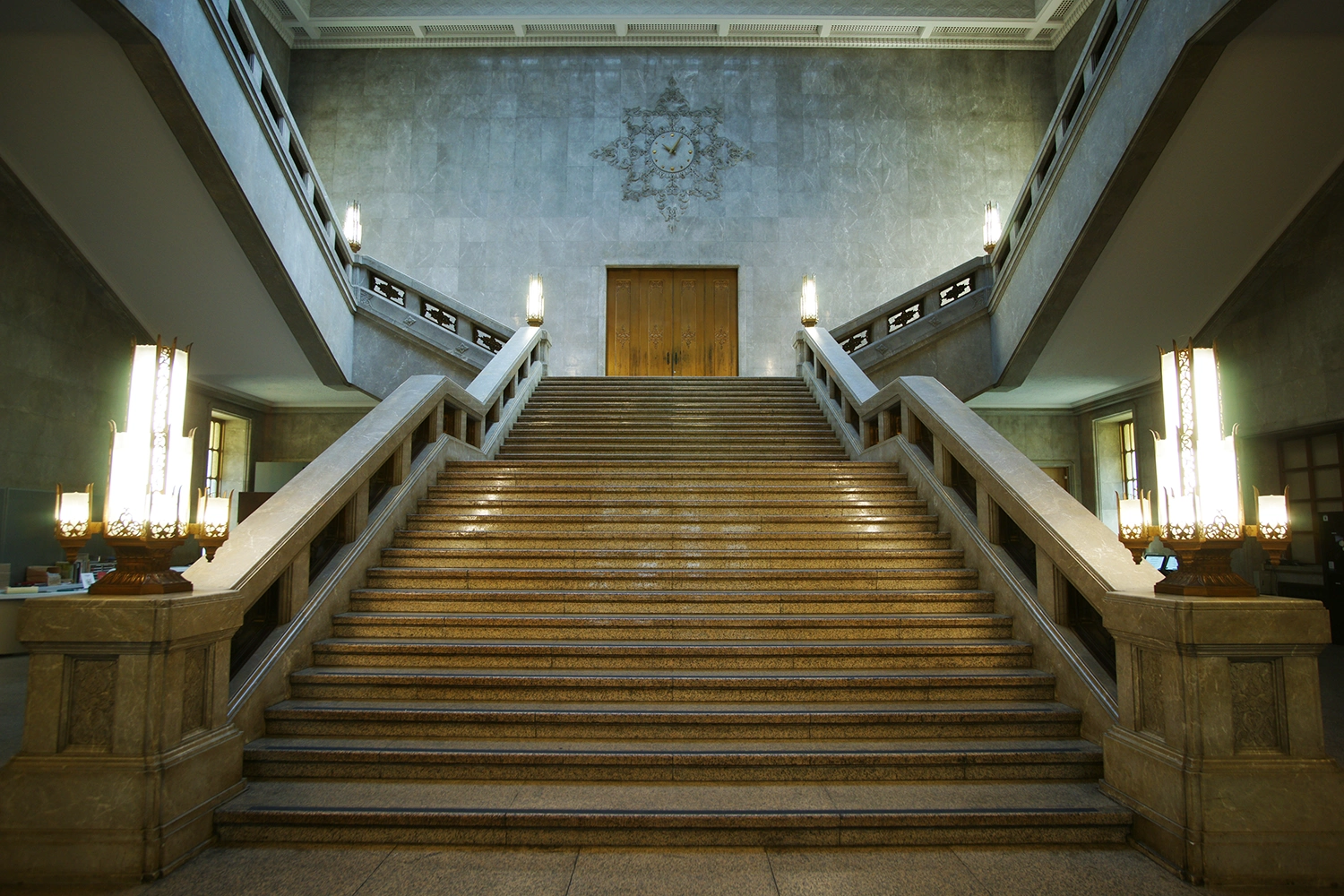
In addition, the current main building, opened in 1938, has itself been designated as an Important Cultural Property. Enjoy the atmosphere of the majestic exterior and entrance hall.
Heiseikan: Stories of the Ages told through Ancient Artifacts
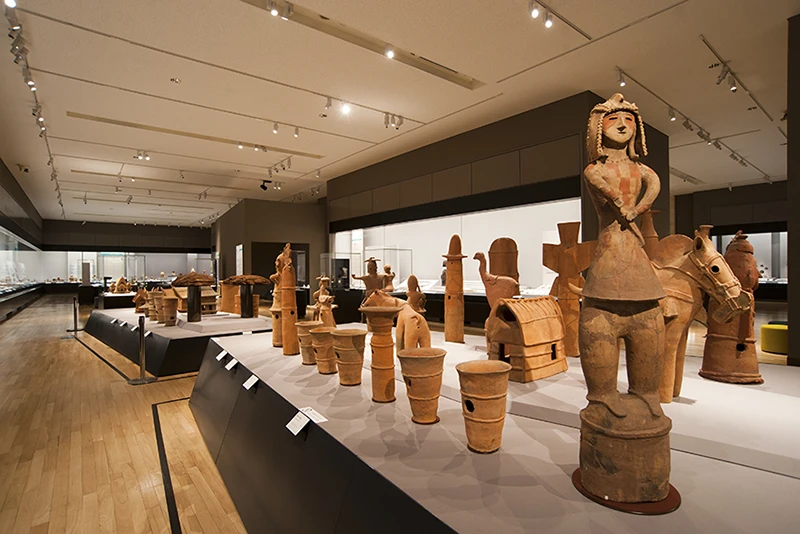
The Heiseikan holds special exhibitions that change depending on the time of year. In the 1st floor permanent archaeological exhibition room, Japanese history can be experienced through excavated antiquities that differ from artworks. Feel the fascinating differences between each era and region of Japan, from B.C. to the 19th century.
Toyokan: A Tour of Asia through the Beauty of Art
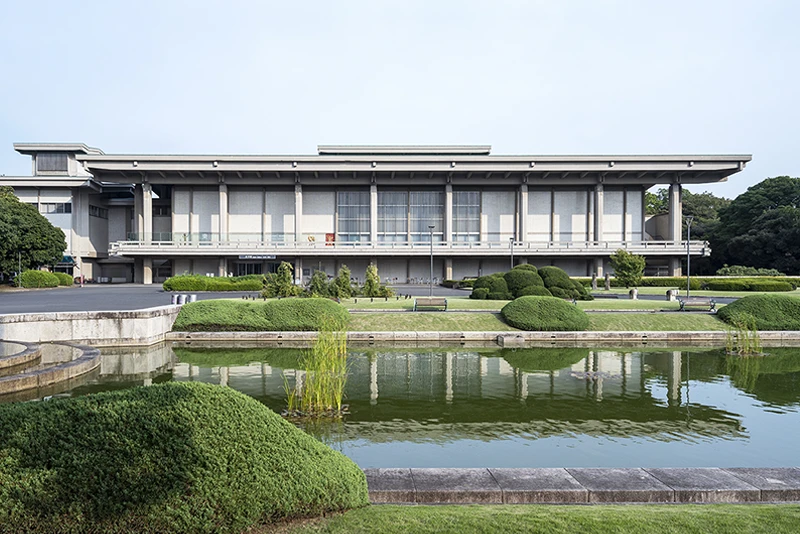
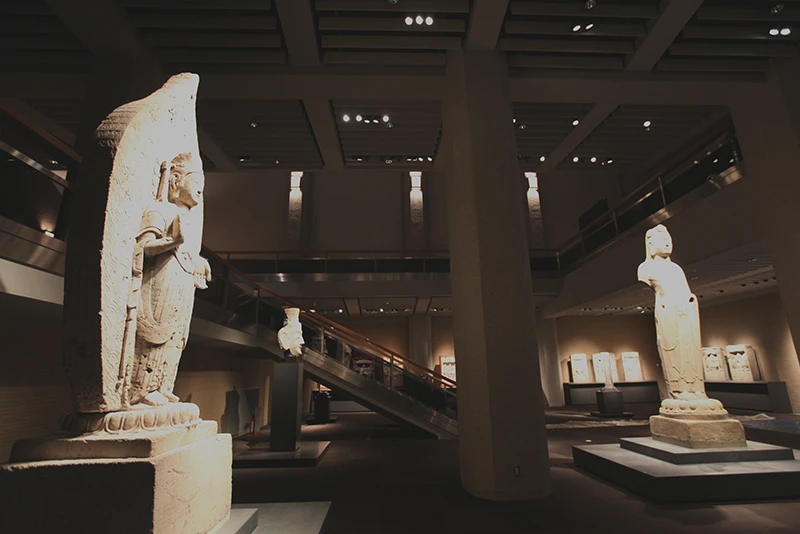
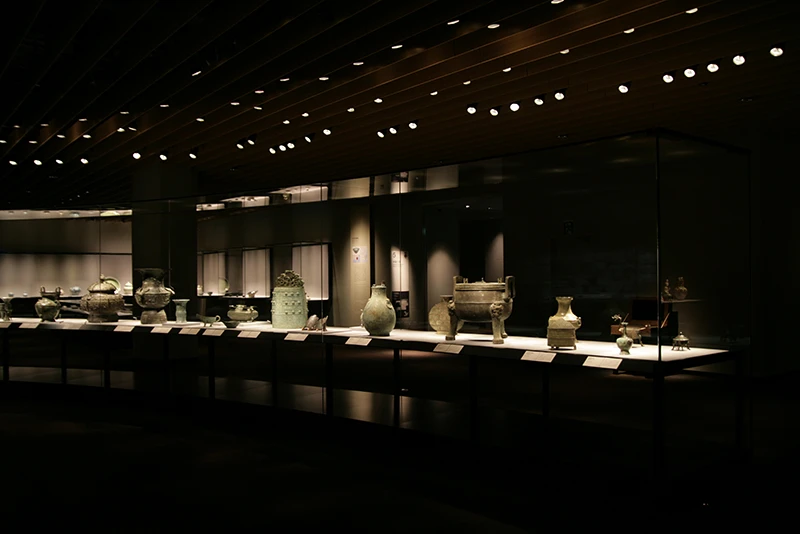
Gallery of Horyuji Treasures: A Wealth of Buddhist Art & Altar Fittings
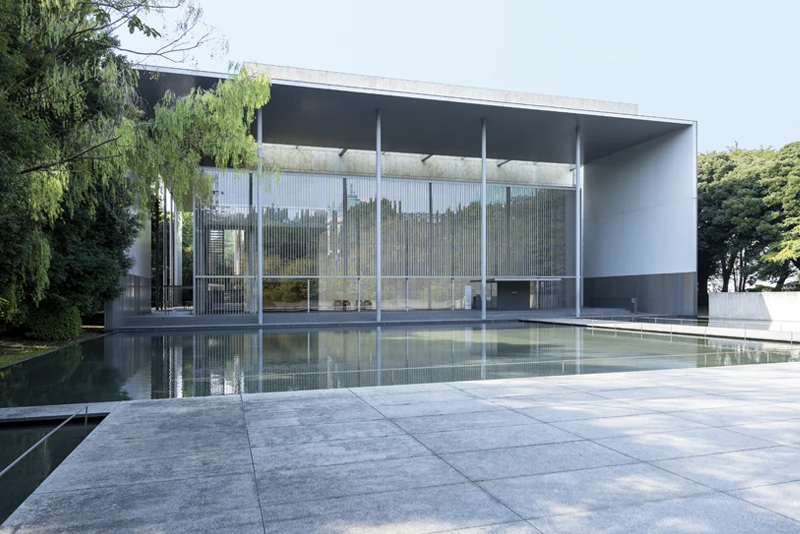
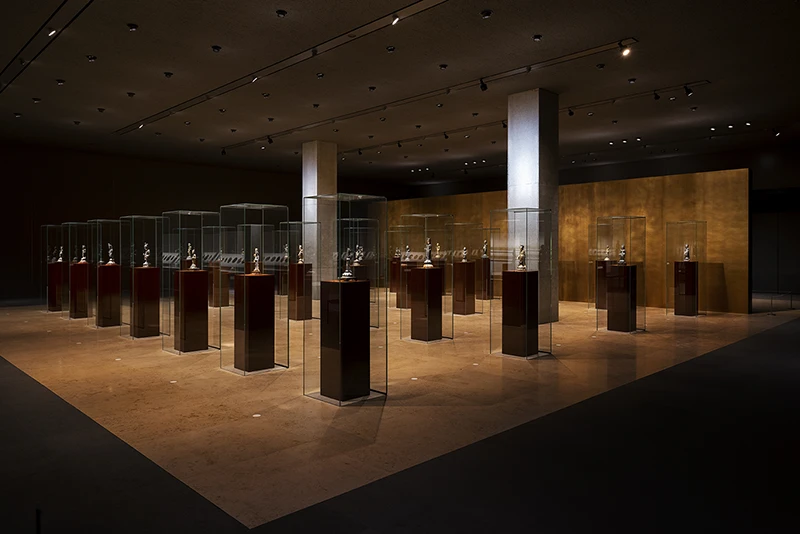
Kuroda Memorial Hall: Masters of the Modern Art World
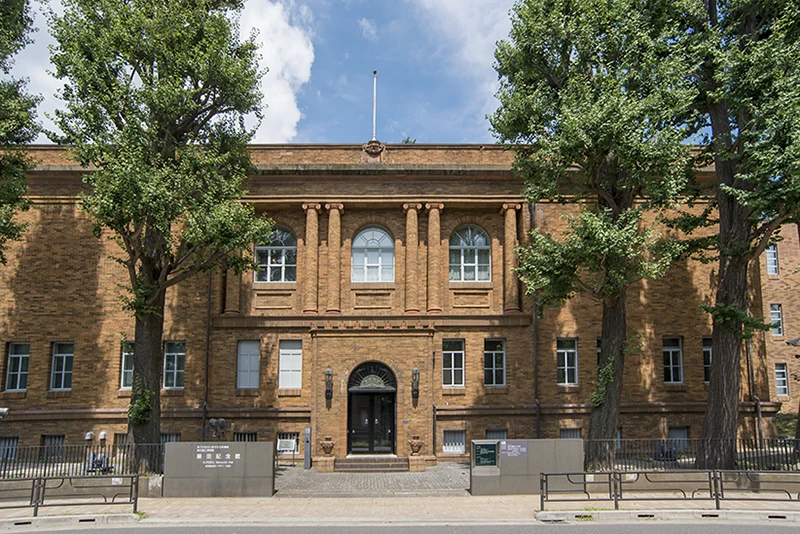
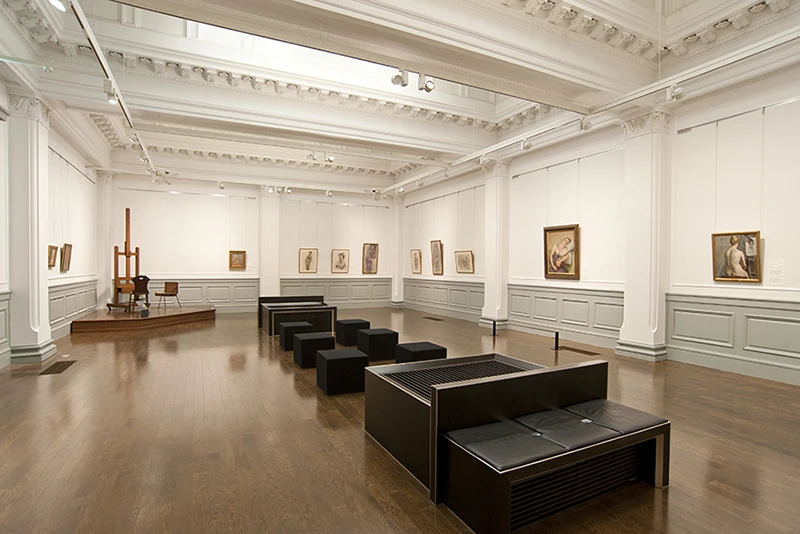
Hyokeikan: Impressive Early 20th Century Western-style Architecture
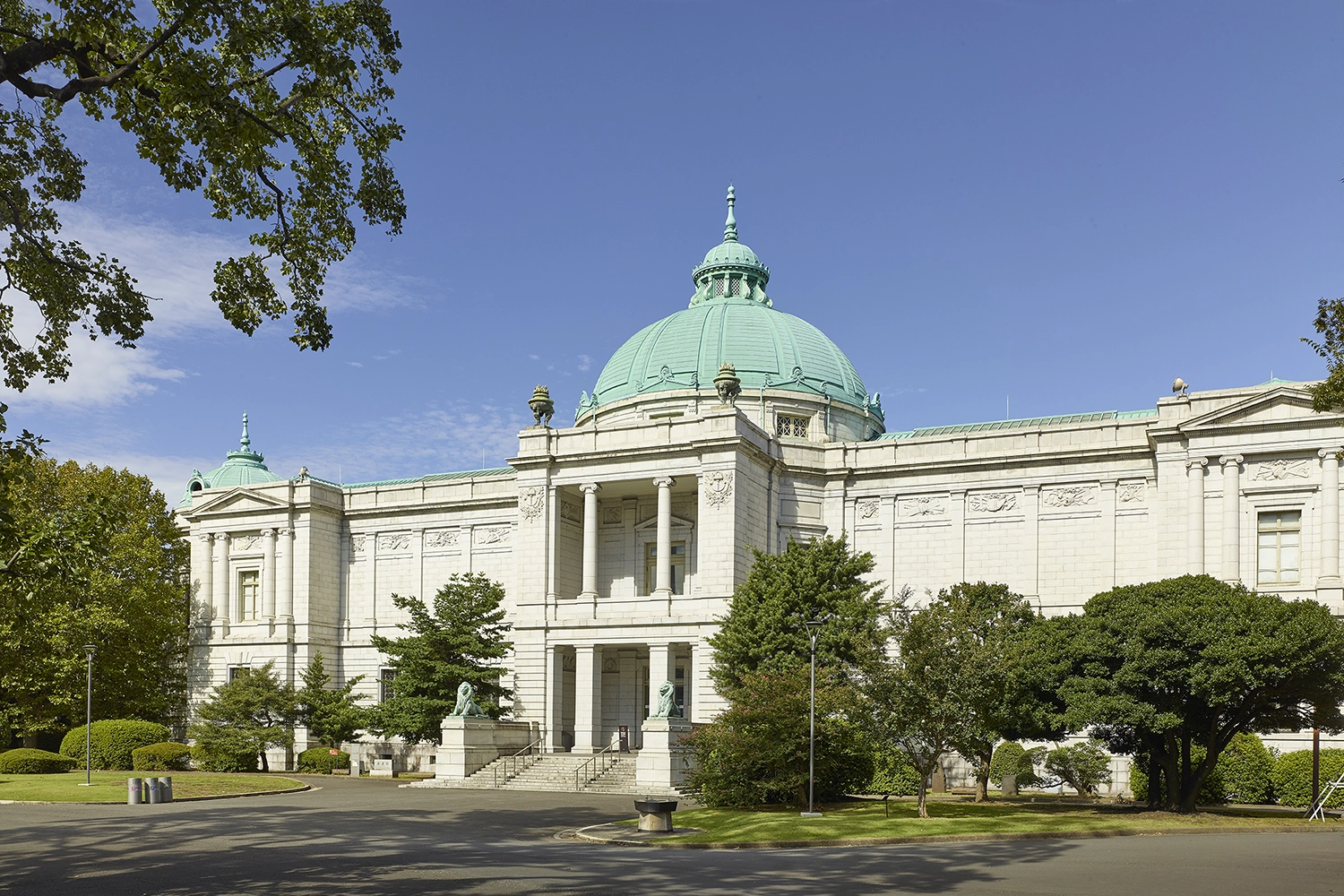
Although the Hyokeikan is only open for special exhibitions and events, the gallery exterior alone is worth a visit. Opened in 1909, it is currently the oldest exhibition hall in Tohaku. Two statues of Buddha stand at the entrance of the Japanese temples and shrines, and two lions in the style of “A-un” figures are enshrined at the entrance.
TOHAKU CHAKAN: A Place to Experience Japanese Culture on Special Days
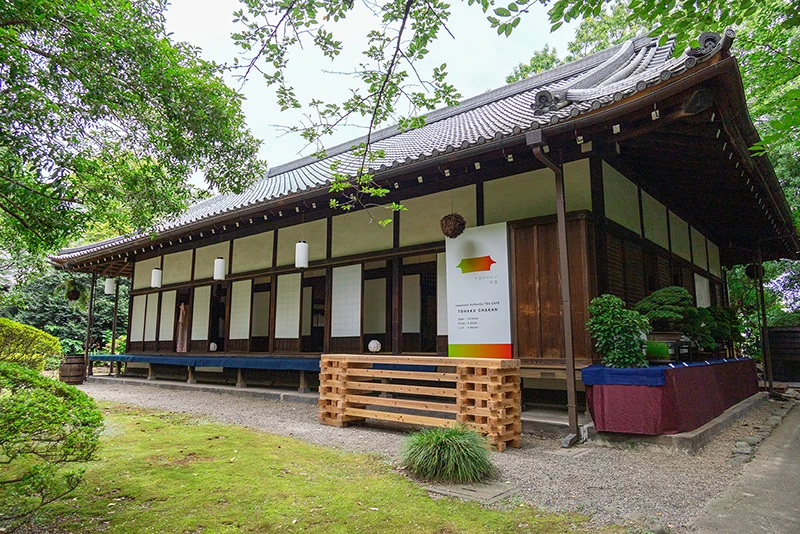
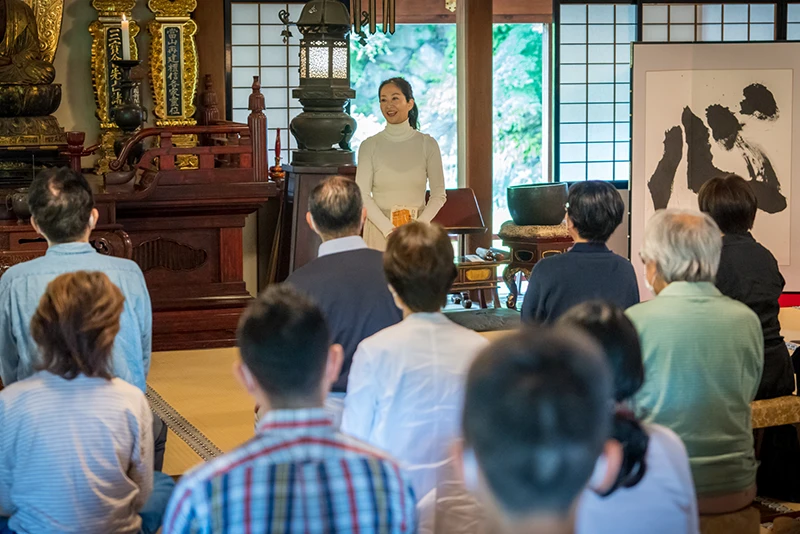
Within the refined elegance of this space surrounded by greenery, we forget being in the city center. Here, activities are held centered on a combination of the “3 E's”: Environment, Experience, and Education. One of these is the "ZEN breathing method." Generally held every Tuesday and Friday, participants are taught posture and ways of breathing to eliminate mental and physical stress based on ancient techniques from Zen Buddhism. Reservations can be made in advance, but even with no such arrangements people are welcome to join if space is available.
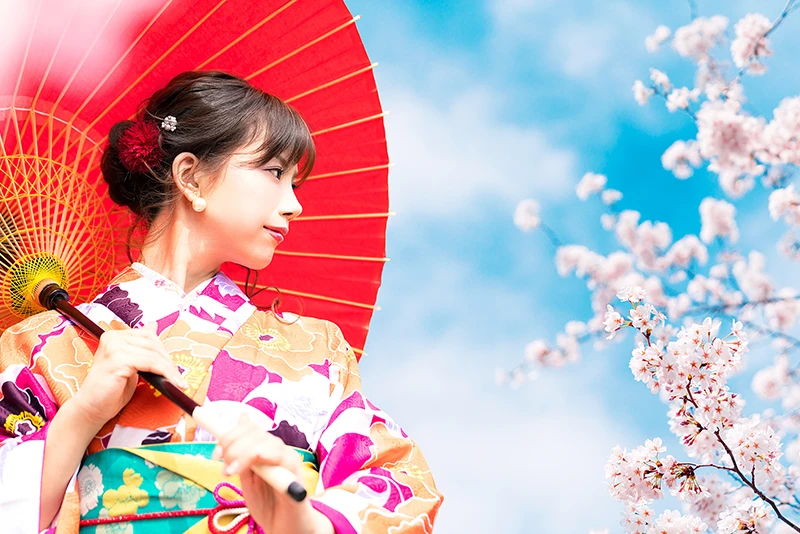
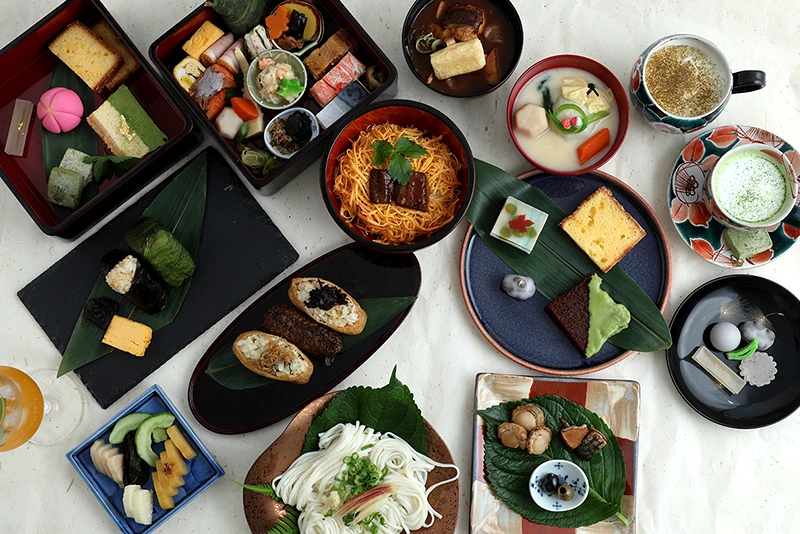
For more information on the Tokyo National Museum:
https://www.tnm.jp/
For more information about TOHAKU teahouse and reservations:
https://chakan-tokyo.com/



